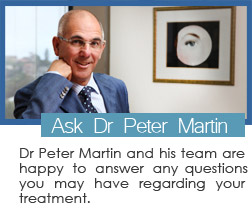
Orbital Tumours
What type of Tumours exist?
Tumours in Children
Tumours in children are usually the result of developmental abnormalities. The most common types of benign tumours in children are:
- Dermoids – cysts in the lining of the bone
- Haemangiomas – tumours of the blood vessels
Malignant tumours are unusual in children, but any rapidly growing mass is a cause for concern.
Tumours in Adults
Benign tumours that can occur in adults include:
- Haemangioma – blood vessel tumour (which is the most common)
- Lymphangioma – tumour of the lymphatic vessels
- Schwannoma – tumour of the nerve
- Lipoma – tumour of fatty tissue
- A pseudo – tumour can also exist, which is a benign, non-infectious inflammatory mass.
The most common malignant tumours in adults are lymphomas. These are often confined to the orbit and do not show any systemic complications.
What are the symptoms of the presence of an Orbital Tumour?
Symptoms vary and can include pain, prominence of the eye/s, loss of vision, double vision, headaches, redness and swelling. If you experience any of these symptoms you must see Dr Martin immediately.
What is the treatment for Orbital Tumours?
If you present with any of the above symptoms, Dr Martin and his orthoptist will establish a detailed history, and a thorough examination will be performed. Dr Martin will order a CT or MRI scan, which will assist in the diagnosis of the condition. A decision can then be made on the type of treatment necessary (for example, medication, surgery, radiation etc).
If surgery for the removal of an orbital tumour is necessary then reconstructive surgery of the orbit may be indicated. This will be explained by Dr Martin during your consultation prior to surgery.


